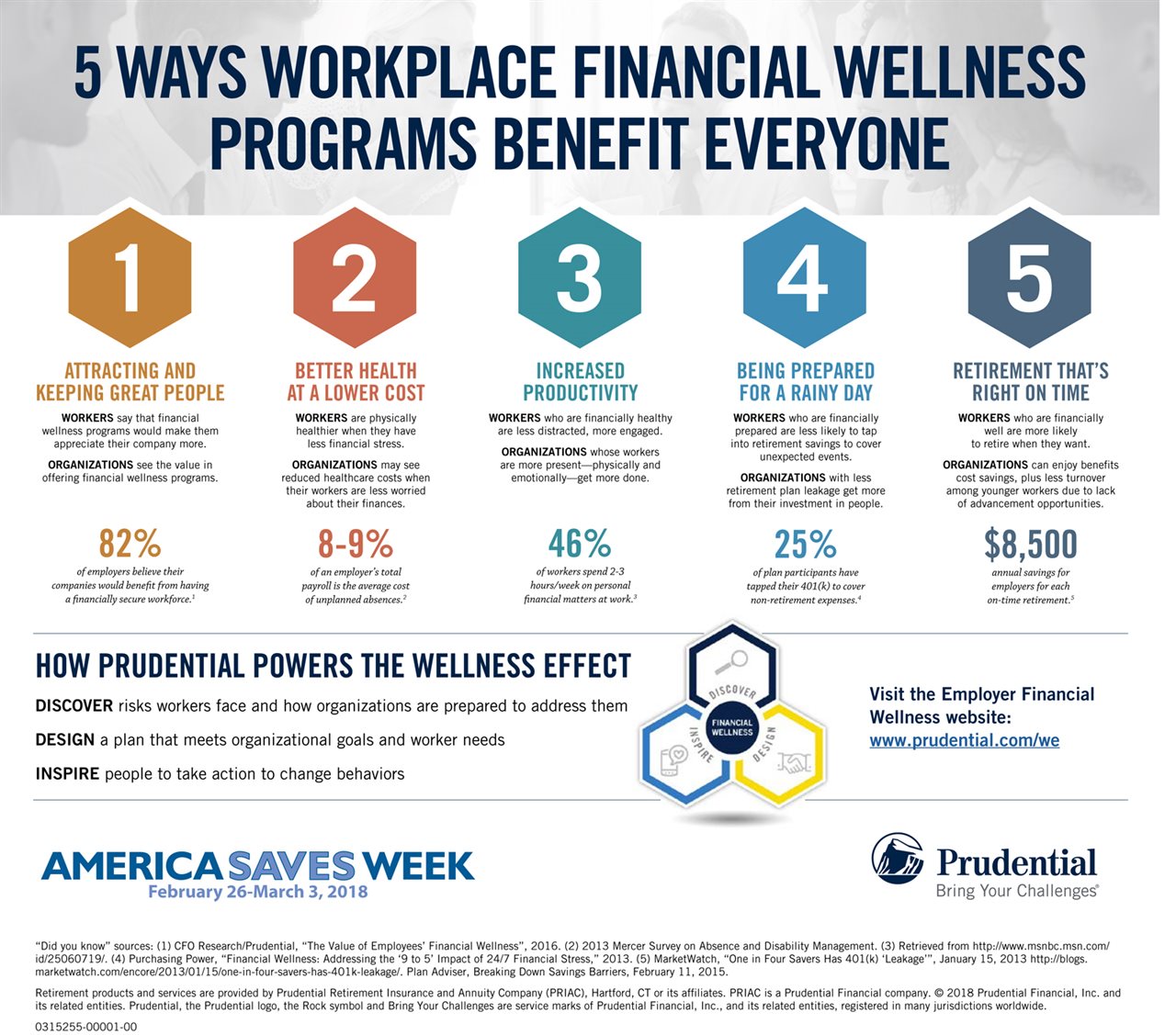2018-02-26T08:01:00
(BPT) – –

Brandpoint Business-Finance
2018-03-05T08:09:01
(BPT) – If a smooth-talking phone caller has ever tried to cheat you out of your hard-earned money, you’re far from alone. Further, such scams tend to be rampant at tax time.
An estimated one in 10 Americans lost money in phone scams between April 2016 and April 2017, says a recent Harris Poll, parting with an average $430 per person for a national total of $9.5 billion. That marks a 56 percent monetary increase over the previous year; that’s partly because such fraud has become easier for criminals as technology has enabled both number-finding and robo-dialing, and Americans are more likely to answer unknown calls on their ever-present mobile phones.
Many fraudsters see tax time as an ideal time to prey on people facing uncertainty or anxiety about getting their tax returns right, which is why they may call and impersonate IRS officials threatening arrest, deportation, eviction or license revocation if taxes are not paid immediately by using a money transfer, loading a prepaid card or purchasing a gift card. Remember, though, that the IRS almost always resolves issues by mail, not phone. It will never request payment without sending a bill first; will allow questions or appeals about your bill; won’t direct you to use specific payment methods; won’t ask for your credit or debit card numbers by phone and won’t threaten arrest or similar consequences.
A consumer’s greatest weapon in fighting fraud is education and awareness. While fraudsters can often be clever, knowing some of their strategies can be the first step toward protecting yourself from their tactics.
“The tax return season is upon us, and scammers are posing as Internal Revenue Service (IRS) representatives, demanding victims send money to avoid arrest or deportation,” advises Lee Buchmann, Western Union director of anti-fraud operations. “Do not send a money transfer to anyone who asks you to send them money to pay taxes. The IRS does not contact consumers to demand payment for taxes through money transfer or prepaid cards.” More descriptions of scams that use tax season as a lure are available at IRS.gov.
The Western Union Consumer Protection Center (www.wu.com/fraudawareness) offers specific information about protecting yourself from fraud based on your country of residence. Stay informed and follow their updates on Facebook and Twitter. If you believe you are a victim of fraud, call the Western Union Fraud Hotline at 1-800-448-1492.

2018-03-01T15:38:11
(BPT) – Consumers who make just a few purchases each day may not think much about the companies that process their credit card. But for a small or mid-sized business, processors who aren’t transparent about the costs they pass on can add up to an expensive headache. Heartland is celebrating 10 years of the Merchant Bill of Rights as an industry standard to promote fair card processing practices.
Its purpose: to enable merchants who don’t have the resources of large purchasing organizations to effectively manage their costs, determine which processor best meets their needs and realize significant savings.
1. The right to know the fee of every card transaction, who is charging it, and if there are surcharges and bill-backs.

Owners or operators of a small or mid-sized business deserve — and should expect — competitive pricing and the best value for payments processing including credit, debit and prepaid card processing.
Many processors and their middlemen hide arbitrary charges — often classified as “surcharges” — without disclosing them to merchants. These charges are pure profit to processors and their middlemen, making transactions that are already expensive even more costly.
2. The right to know the markup of major credit card fee increases and reductions.

Credit card companies typically adjust interchange rate categories and fees semi-annually in April and October. When rates go up, many processors seize the opportunity to inflate them even more and then deceptively blame the increase on the card brands.
3. The right to know all transaction middlemen, and have reasonable equipment costs.

The chain of events that begins when a merchant swipes a customer’s card is fairly straightforward. At minimum, it requires four essential entities to process the transaction: a bank, a credit card brand, a telephone or internet connection and a processor.
When big companies buy equipment, they often solicit proposals from multiple equipment manufacturers to drive the best deal. Owners of a small or mid-sized business may not have the time or resources to shop around for a payment device, and oftentimes turn to their processor for guidance. However, they may not be getting the deal they’ve bargained for — and most likely don’t know it.
4. The right to real-time, dedicated, live service 24/7/365.

Service and support are critical factors in implementing and maintaining a card acceptance program. Unlike national merchants, small local businesses may lack the resources needed to ensure proper training, ongoing support and the best available rates.
With most Americans relying on credit and debit cards for their purchases, one minor problem that prevents or delays the processing of transactions at the point of sale can have devastating effects. Combine the ripple effect of customer dissatisfaction with lost revenue, and it’s easy to see why live customer support 24 hours a day, 7 days a week, 365 days a year is mission critical for all merchants.
5. The right to encrypted card numbers, secure transactions and real-time fraud and transaction monitoring.

Credit and debit card fraud costs American businesses billions of dollars every year. Thieves work overtime to find ways to steal from merchants. Often disgruntled or dishonest employees — even some customers — are masters at making money the illegal way, and not getting caught.
For more information, to share stories about dishonest business practices or scams, or to ask a question, visit MerchantBillofRights.org.

2016-10-26T10:25:00
(BPT) – You engaged in spring cleaning and organization earlier this year, but with the holidays approaching, your home office could probably stand a bit of freshening up. Fall is the perfect time to make sure your office is a well-equipped and appealing workspace that boosts your efficiency and productivity.
The home office experts at Staples offer tips to refresh your office this autumn:
Improve organization
Does it seem like all the paperwork, junk mail and other useless stuff you cleared out in spring has found its way back to your office this fall? What are you going to do when holiday clutter starts to add up, too? It’s time to take another pass at organizing your office.
Redoing everything might not be practical, but it also might not be necessary. The desk is often the nexus of chaos in any home office, but it’s also the spot where most of your work gets done. Treat yourself to an array of desktop decluttering devices such as:
* All-in-one organizers merge file holders, paper trays, and storage compartments in a single, compact desktop display.
* Desk organizers that can hold files, reference materials and supplies.
* Letter sorters which allow you to prioritize incoming and outgoing mail, so you never miss a bill payment or request for proposal.
* Pencil cups are the simplest way to ensure you’re never hunting for a pen or pencil under a mound of paperwork while a client waits on the phone.
* Storage boxes are great for hiding supplies that you don’t need to use or see all the time.
Staples offers an array of desktop organizers, including the ZigZag suite of desktop products that include the All-in-One White ZigZag Desk Organizer, the White ZigZag Letter Sorter and the White Zigzag Storage Box. Visit www.staples.com to find more organization products.
Boost security
Bills, invoices and emails, attachments and downloads — a lot of valuable data will move through your home office during the holidays. It’s important to secure information and your home office hardware and software.
Make sure your anti-virus and firewall software are up to date. If you’re not sure, consider scheduling an appointment with a technician who can assess the security of your technology. Most security software providers now allow you to enroll in an automatic renewal program so that your protection never lapses.
Don’t overlook the importance of securing more mundane threats, like paperwork that contains proprietary information. If you don’t already have one, invest in a high-quality shredder, like the Staples 15-Sheet Cross-Cut Shredder, and be sure to shred paperwork before discarding it. Old invoices, bills, customer records and even junk mail can all be a source of valuable information for criminals.
Care for your comfort
You spend a lot of time in your home office, and if the holidays are a busy season for you, you’ll likely be at your desk for extended periods. It’s important that your workspace cares for your comfort as much as facilitates productivity — and that means having good office furniture.
It may not be practical to replace a less-than-perfect desk when the holidays are bearing down on you, but swapping out your old office chair for something newer, better looking and more comfortable is an easy fix. It’s also a cost-effective way to make your home office a more productive place.
Be sure to test drive multiple chairs before choosing one. Resources like Staples have plenty of floor models for you to try before you buy. Whether you prefer light and ergonomic, like the Staples Professional Series 1500TM Mesh Chair available in a range of colors, or a more traditional look, such as the Turcotte Luxura High Back Office Chair in basic black, you can find a new chair that will give your office a whole new feeling.

2018-02-02T09:37:00
(BPT) – When you hear the word bully, you probably think of the big kid waiting in the school yard to steal your lunch money. However, bullies aren’t left behind when you move into adulthood.
Not by a long shot.
According to a recent Harris Poll, conducted on behalf of the American Osteopathic Association, 31 percent of Americans say they have been bullied as an adult. Bullying is defined as repeated, negative behavior intended to harm or intimidate, and it frequently happens at work.
Dealing with challenging people in the workplace is a common occurrence but sometimes these interactions can be more than just unfriendly. Before you know it an interaction can turn demeaning, confrontational or even hostile. The stress caused by these encounters rarely stays at work either. It can spill over into your home life, affecting your family interactions, sleep and well-being. You may not realize it at the time, but if you’ve experienced such encounters regularly, then you are being bullied.
The negative health effects of bullying
Those who are bullied can suffer myriad negative physical and mental health effects. For example, the survey revealed respondents had suffered from one or more of the following:
* Stress (71 percent)
* Anxiety/depression (70 percent)
* Loss of confidence (55 percent)
* Sleep loss (39 percent)
* Headaches (26 percent)
* Muscle tension and pain (22 percent)
* A mental breakdown (19 percent)
* An inability to function on a day-to-day basis (17 percent)
The many faces of the problem
Identifying bullying behavior is the first step toward correcting the problem. However, bullying is not always as easy to spot as you might think. The abuse can take the form of “the silent treatment” in which a group or an individual willfully ignores or disregards another person. Victims may also be targeted by lies or rumors that harm their reputation.
Bullying can even take on a more subtle form of manipulation known as gaslighting. This tactic sees the bully undermine their victim’s confidence and make them start to question their own memory, judgment and reality.
Any of these bullying tactics can make it difficult for an individual to acknowledge that they are a victim. You may try to ignore it or think it’s “just part of work.” It’s not. The threat is very real and, in many cases, you need outside help.
A full treatment
Bullying can be more than just mentally harmful; it can damage your physical health as well. Bullying victims report suffering gastrointestinal discomfort, nausea and high blood pressure. Treating physical issues as well as the emotional damage brought on by bullying requires the ability to care for the whole person in a way that goes beyond the surface symptoms. This is precisely what doctors of osteopathic medicine (DOs) are trained to do.
Osteopathic medicine is based on the philosophy of supporting the health of the whole person by focusing on wellness and prevention. DOs believe the mind, body and emotional status all contribute to a patient’s health and each should be treated as the vital component it is. DOs are trained to listen, so if you feel you’re the victim of bullying, talk to a physician or mental health specialist about your treatment options today.
The potential threats to your health are simply too important to ignore.

2018-03-19T12:01:00
(BPT) – Politicians spend a lot of time talking about America-First trade deals. Even though the average person may not think about U.S. trade often, it’s a key part of the economy — a topic that’s on everyone’s mind.
In 2017 alone, the U.S. exported around $132 billion worth of agricultural products. As experts hope to grow this number in 2018, possible trade deals could become big news.
The future of U.S. trading
Economists and agricultural experts want U.S. trade to remain strong, so that exports are equal to or more than what they were last year. However, the complexities of selling U.S. commodities internationally constantly increases.
Companies like Syngenta are working to grow agricultural trade to help Americans feed the world and build a stronger economy at home. Many agricultural associations and Syngenta employees work every day with foreign countries to develop positive relationships and a preference for U.S. commodities.
American farmers are the most efficient in the world, says Laura Peterson, federal government and industry relations head for Syngenta. “We rely on export markets for our products, and with prices as low as they are, now is an important time to protect and grow our markets,” she says. “We are able to produce far more than we consume and compete in a world of high supply, so remaining competitive is crucial for U.S. agriculture.”
Top U.S. agricultural exports
Corn, soybeans and nuts make up three of the top five agricultural exports from the U.S. There is a lot to know about these foods, including the following fascinating facts:
* Corn: One planted seed delivers more than 500 kernels of corn. Corn is widely grown around the globe, with more tons produced each year than any other grain.
* Soybeans: Soybeans are the largest source of protein in agriculture. They are also used to make a variety of nonfood products, including crayons, candles and haircare products. The U.S. exports about half of all its soybeans to other countries.
* Nuts: Nuts are wholesome and versatile. From using nuts in spreads and oils to snacking on roasted varieties, people, domestically and internationally, enjoy them every day. In December 2017 alone, the U.S. exported $936 million worth of nuts.
Negotiating trade agreements
Free trade agreements beneficial to agriculture can boost the marketability of U.S. crops like corn, soybeans and nuts even more overseas. One prime example of this is NAFTA (North American Free Trade Agreement).
“Syngenta remains engaged with U.S. government officials to monitor impacts in renegotiations and trade-dispute actions,” Peterson says. “The current threat of trade wars or withdrawing from trade agreements may harm agriculture.”
“We partner with groups such as BIO (Biotechnology Innovation Organization), U.S. Grains Council and national grower organizations to advocate on common issues that impact our interests,” Peterson says. “This collaboration and outreach is necessary to address uncertainty in markets and to grow our agriculture economy.”
Learn more about agriculture’s future
With so much going on in 2018, it’s likely more news headlines will be dedicated to the important topic of U.S. trade. To learn more about U.S. agriculture, including crop research and trade negotiations, visit http://www.syngenta-us.com/thrive.
